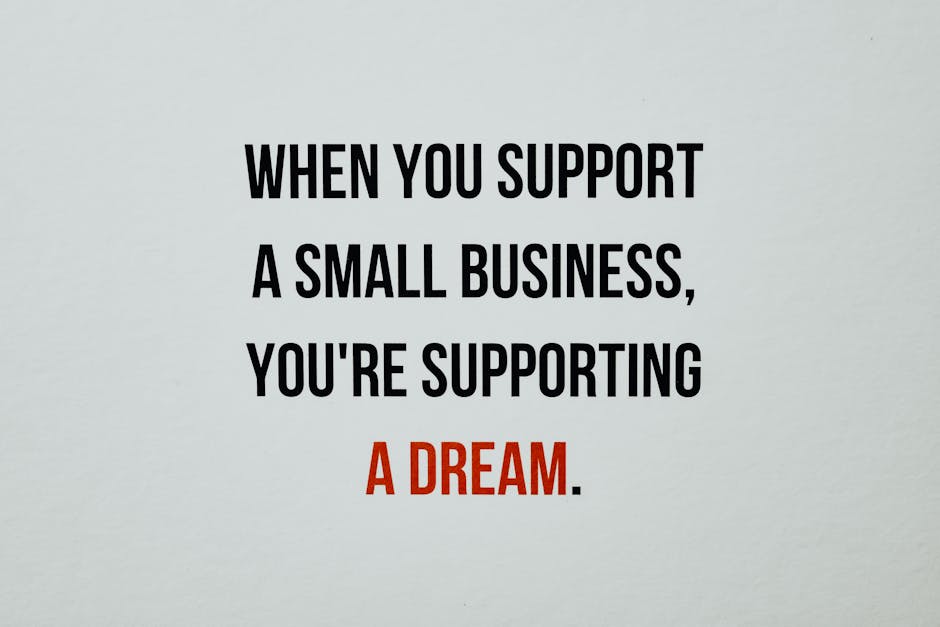Creating a customer referral program is one of the most effective ways to maximize your marketing efforts. By offering incentives for customers to spread the word about you, you can attract more new business.
A customer referral program works by incentivizing people to do something for you. For example, if you run a clothing store, you might offer a $50 gift card to someone who goes to another shop to buy clothes there. The person doing the shopping gets the reward, not just the other shop!
This is similar to how social media works. People get paid to share their experiences with the world through websites and apps. Online platforms like Facebook and Twitter offer rewards to users who recruit others to use their services.
Businesses have adopted this way of promoting themselves because it works. It’s a savvy tactic that generates interest and buzz. If yours doesn’t, try creating your own.
Make it clear what will happen if someone refers a friend

As mentioned earlier, the best way to gain new business is by referring out members of your team or community. But how can you be sure those referrals are worth the effort?
The first thing you should do is make it easy for people to refer you. This means making it very straightforward to add you as an affiliate or direct salesperson on their website. Or, better yet, create a site where you offer products and services!
By offering referential benefits, such as extra bonuses or rewards, you’ll incentivize referrals. This incentive could be free items, discounts on future purchases, or even cash rewards.
Whatever reward you choose to use, make sure they are significant so that people feel invested in them.
Tell everyone about the customer referral program

As mentioned before, creating a referral program is very popular these days. Companies are using them to increase sales and create new followers or customers for their business.
By offering an incentive to your current customers for each person they refer who purchases a product or service, you can generate some extra revenue.
This is called reward marketing and it’s legit!
Most people know of at least one company that offers rewards for shopping online or in-store. These include credit card bonuses, cash-back coupons, or free merchandise.
Some even offer daily discounts as a way to keep those repeat buyers coming back!
With all this talk of rewards, what kind of rewards should you offer? We have compiled a list of the best ways to maximize customer referrals with reward programs. Read on for these tips.
Offer a reward for referrals

As mentioned earlier, offering rewards to your referrers is one of the best ways to maximize referral marketing.
The most common type of reward that people offer their referrers is discounts or coupons on products or services. For example, you may recruit someone to go shopping with you by giving them a 5% discount at any store in the area.
You can also ask your referrer to spread the word about you to their friends or family members – this creates an opportunity for you to earn more business through the snowball effect.
By adding value via rewards, you will see higher engagement from your referrers as well as increased exposure which both help you in achieving your goals.
Encourage referrals

When running a business, one of the most important things is marketing to get new customers or clients. People will not come looking for your services unless you tell them about it first.
That’s why creating a referral program is so crucial to success as an entrepreneur. A refer-happy customer may not know anyone who needs your service, but they are very likely to talk about you with someone else that does!
By offering rewards to those people, you can create a buzz around your business and help generate more traffic and new leads. It’s also cost-effective long term – you’re generating new sales instead of spending money on advertising or recruitment.
There are many ways to ask for referrals, from doing free work for a friend to giving away samples in return for their support. The best way depends on what works best for your company and your relationships, so test out different approaches until you find something that clicks.
Make it clear who is responsible when there is a problem

As mentioned before, your business will not remain competitive without good referrals. Your colleagues, friends, and family are an important source of exposure for your company and income!
However, like any other tool, referral marketing can be used effectively or poorly. If you don’t know what you’re doing, you could end up hurting your business instead of helping it.
That wouldn’t make anyone happy…, especially you! So how do you keep things working for your team? What if someone doesn’t feel comfortable referring your product or service?
There are some easy ways to fix this, but first, let us talk about why offering a reward to referrers is a great way to increase sales.
Make sure your customer referral program is clear to your customers

As mentioned before, offering a reward or prize for referrals is a great way to boost business. However, making sure that your customers know what they will get for referring you is just as important.
Make sure that when someone recommends your product or service, they are aware of what they will receive! Most importantly, make sure that their referrer is not given special rewards or benefits beyond what everyone gets for using your services.
Celebrate when customers refer friends

When you run a business, there are always things that cost money to do it. For example, buying advertising or marketing materials or spending time working on your product or service means needing to be budgeted for.
Most businesses rely heavily on word-of-mouth referrals to get new clients. By adding referral rewards or programs, you can create an incentive for people to spread the word about you for some extra credit.
This is particularly important if you want to succeed in the long run. It’s impossible to develop myproductionschool.com into a well-known company without lots of positive reviews. People will talk!
Referring friends to us gives them a chance to earn special perks just for doing their thing. They will feel good about themselves because they rewarded someone else for acting to help us grow our business.
It’s a win-win situation – for them, for you, and most importantly, for your business.
Be consistent with the customer referral program

Consistency is your greatest ally in creating a successful referral marketing system. This refers to both consistency of activity and the consistency of rewards you offer for referrals.
What kind of reward should you offer? It depends on what you are trying to achieve with this program. If you want to generate new business, then offering gift cards or coupons is a great way to do so.
If you want to keep current customers, then offering discounts or free services are appropriate. And if you want to retain some loyalty, then offering VIP membership privileges is a worthy incentive.
The best customer referral programs will vary per company and goal, but they all contribute to one thing – more sales!
That’s their ultimate purpose after all. So, make sure that when you choose your incentives, they are related to the products or services that earn you your reward.
And even though it may sound cliché, be frequenting the referrer and watch as his or her success grows!
It’s like paying yourself a salary; the more you put into it, the more you get back.
































































